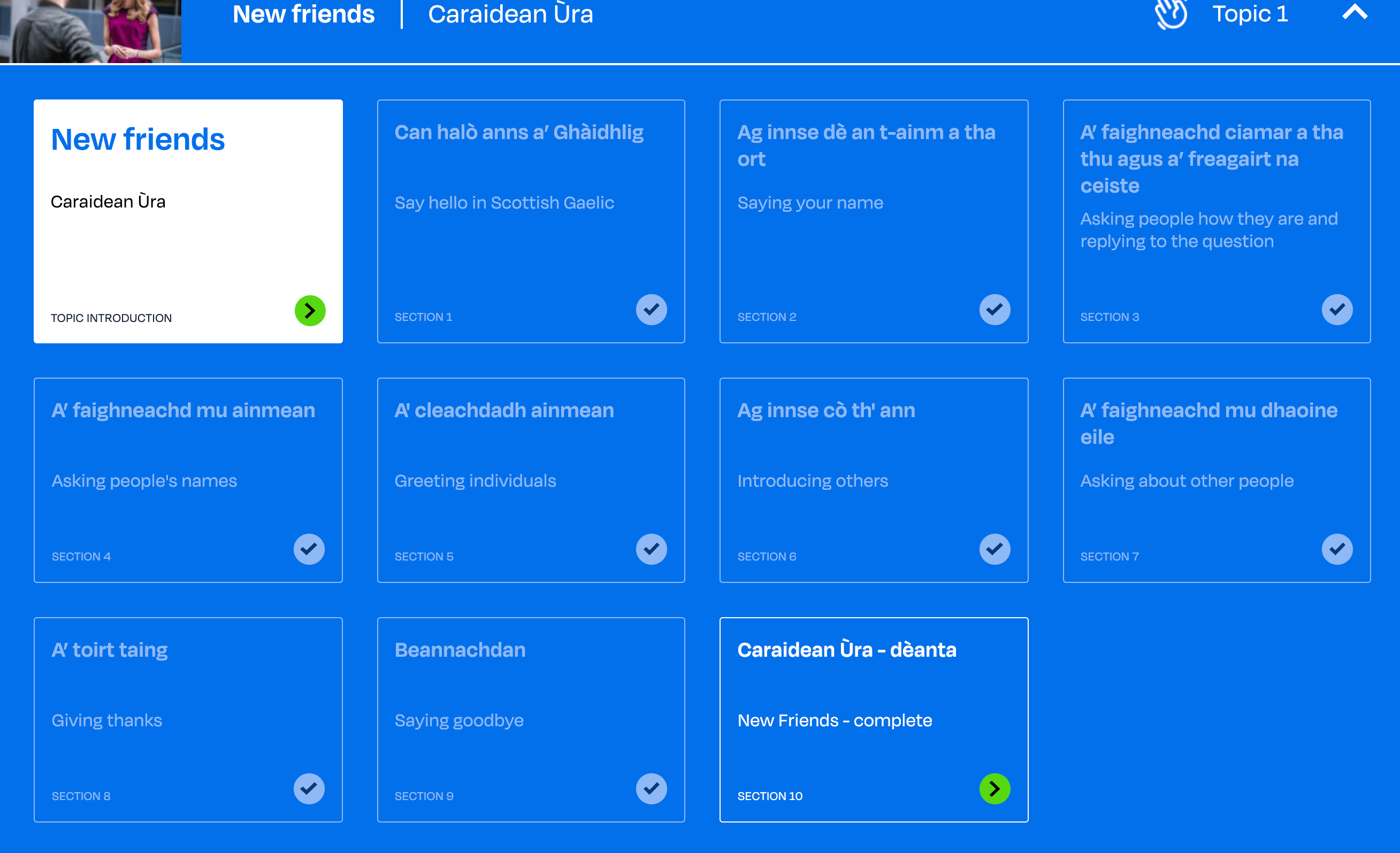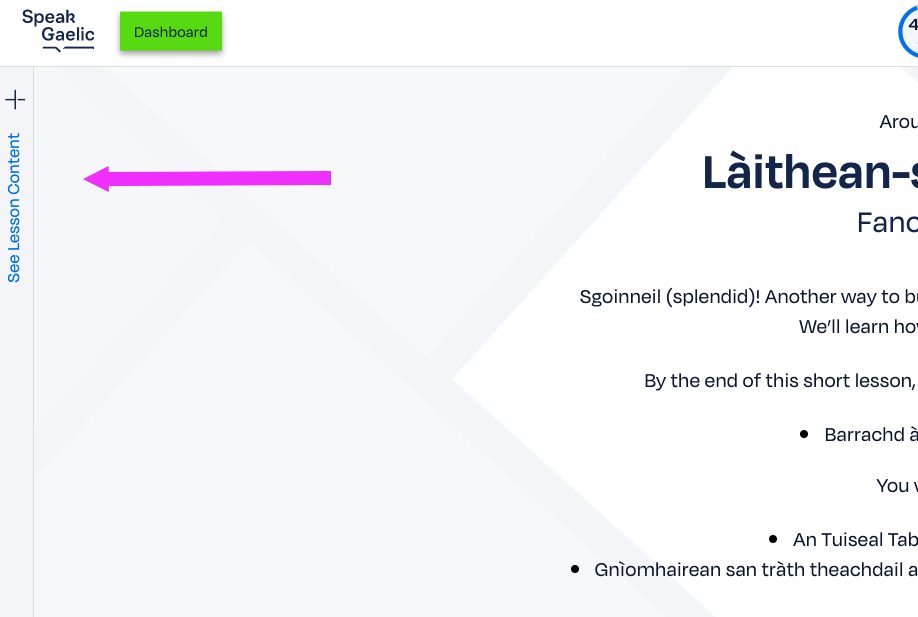…air mo ghoirteachadh…
…has hurt me…
When we want to talk about an action that ‘has been’ completed, in Gaelic we use the structure: Tha mi air … (I am after … ). This structure is followed by the possessive adjective mo, do, a, a (h–), ar (n–), ur (n–), an/am, and the verbal noun, following the rules of the possessive adjectives:
Bha am boireannach air a dhèanamh.
The woman had done it. [masc.]
A bheil Sìm air a gluasad?
Has Simon moved it? [fem.]
Tha am fear sin air an cur air falbh.
That man has put them away.
The passive meaning is always reflexive in that the subject and the possessive adjective must always correspond:
An robh am fear air a mharbhadh?
Was the man killed?
Tha an fhidheall air a goid.
The fiddle has been stolen/is stolen.
Tha Eilidh air a goirteachadh.
Eilidh is hurt.
The example above Tha Eilidh air a goirteachadh could either be active, meaning ‘Eilidh has hurt herself’ or ‘Eilidh has hurt her [another woman/feminine object]’, or a passive meaning ‘Eilidh is hurt/has been hurt’. We can differentiate between the two using fhèin, which clarifies that the active meaning is being used: Tha mi air mo ghoirteachadh fhèin ‘I have hurt myself’.
Tha Eilidh air a goirteachadh fhèin.
Eilidh has hurt herself.
An Là: A bheil thu air (a) fhaicinn a–nochd?
An Là: Have you seen it tonight? [masc]
Pàipear Beag an Eilein Sgitheanaich: A bheil thu air a leughadh a–riamh?
The West Highland Free Press: have you ever read it?
Tidelines: A bheil thu air am faicinn beò?
Tidelines: Have you seen them live?
An t–òran ùr aig Màiri NicAonghais: A bheil thu air a chluinntinn fhathast?
Màiri MacInnes’s new song: have you heard it yet?




